Introduction to PPR Plumbing
PPR (Polypropylene Random Copolymer) plumbing systems have gained popularity in recent years due to their numerous advantages in various applications. However, like any material, PPR pipes come with both advantages and disadvantages, which are essential to consider when planning plumbing installations.
Advantages of PPR Plumbing
1. Corrosion Resistance
PPR pipes are highly resistant to corrosion, making them suitable for use in both cold and hot water systems. Unlike metal pipes, PPR pipes do not rust or corrode over time, ensuring long-term reliability.
2. High Temperature Resistance
PPR pipes can withstand high temperatures, making them ideal for hot water distribution systems. They maintain their structural integrity even under elevated temperatures, reducing the risk of pipe failures.
3. Smooth Inner Surface
PPR pipes have a smooth inner surface that minimizes friction and prevents scaling or sediment buildup. This feature ensures consistent water flow and prevents blockages, improving overall system efficiency.
4. Easy Installation
PPR pipes are lightweight and easy to install, requiring simple tools and techniques. They can be easily cut, joined, and bent, reducing installation time and labor costs compared to traditional piping materials.
5. Chemical Resistance
PPR pipes exhibit excellent resistance to a wide range of chemicals, making them suitable for various applications, including industrial processes and chemical transportation.
Disadvantages of PPR Plumbing
1. Limited Rigidity
PPR pipes have lower rigidity compared to metal pipes, which may lead to issues in applications where structural support is critical. Additional support or reinforcement may be required in specific installations.
2. Limited Temperature Range
While PPR pipes offer high temperature resistance, they have a limited temperature range compared to some metal pipes. Extreme temperature fluctuations may affect the performance and longevity of PPR plumbing systems.
3. Vulnerability to UV Light
PPR pipes are susceptible to degradation when exposed to prolonged UV light exposure. Therefore, outdoor installations or applications exposed to direct sunlight may require UV-resistant coatings or protective measures.
4. Higher Initial Cost
The initial cost of PPR pipes and fittings may be higher compared to traditional piping materials such as PVC or CPVC. However, the long-term benefits and durability of PPR plumbing systems often justify the initial investment.
5. Compatibility Issues
Compatibility with existing plumbing systems or components may be a concern when transitioning to PPR pipes. Adapters or transition fittings may be required to ensure seamless integration with other materials.
Conclusion
PPR plumbing systems offer numerous advantages such as corrosion resistance, high temperature resistance, and easy installation. However, it’s essential to consider their limitations, including limited rigidity, vulnerability to UV light, and potential compatibility issues. By weighing the pros and cons, you can make informed decisions regarding the suitability of PPR pipes for your plumbing needs.
This balanced approach ensures efficient and reliable plumbing installations that meet both short-term requirements and long-term durability standards.
IFAN is a Chinese manufacturer of plastic pipes, fittings and valves with 30 years of experience. If you are interested in IFAN copper fittings, copper valves, plastic pipes and fittings, please contact us. IFAN offers you a variety of standard pipes to meet your specific needs. Click below to learn more about IFAN’s wide range of affordable and cost-effective valve products and piping system related products.
We will reply your email or fax within 24 hours.
You can call us at any time if there is any question on our production.
For more information,pls visit our webside https://pipefittingpro.com/
Pls Mailto: [email protected]
Whatsapp: + 86 19857948982

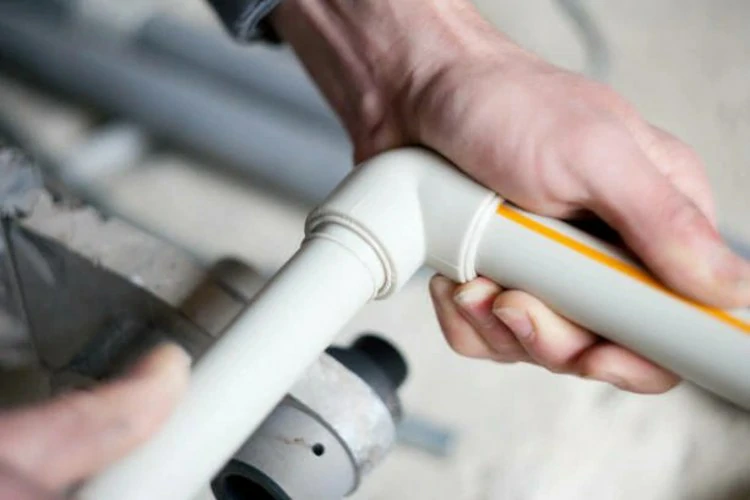
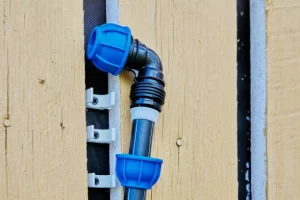
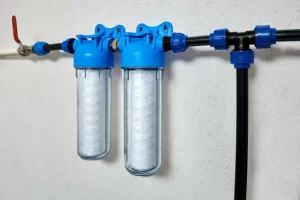
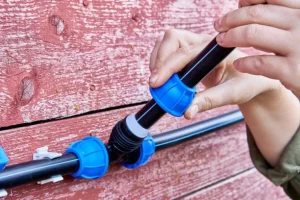
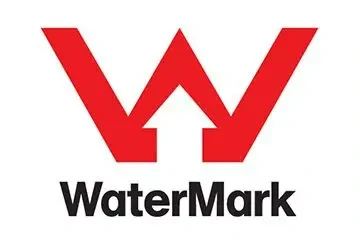
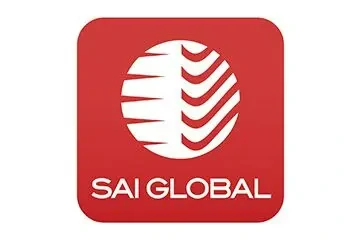
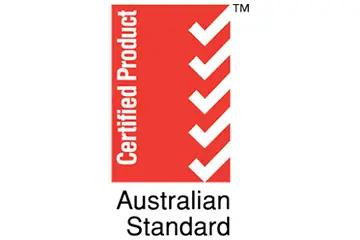
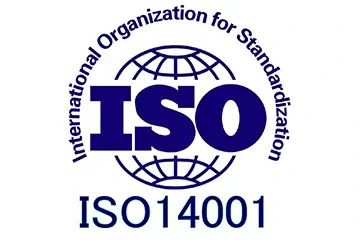

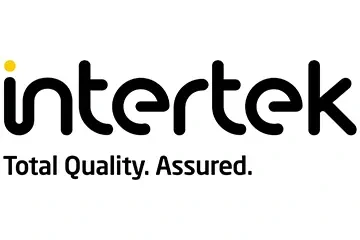


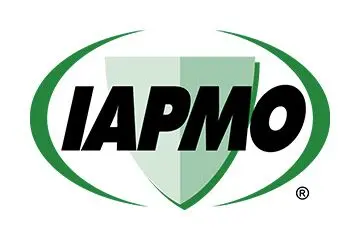
Recent Comments